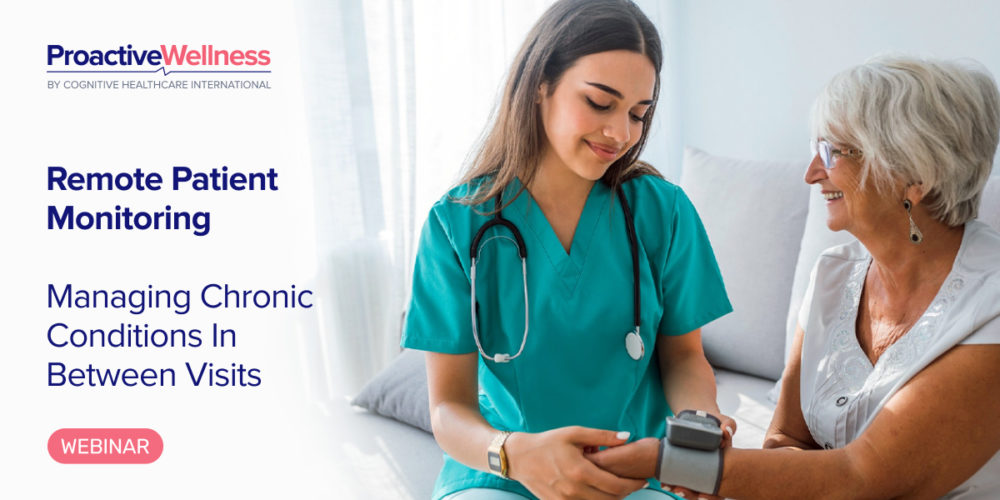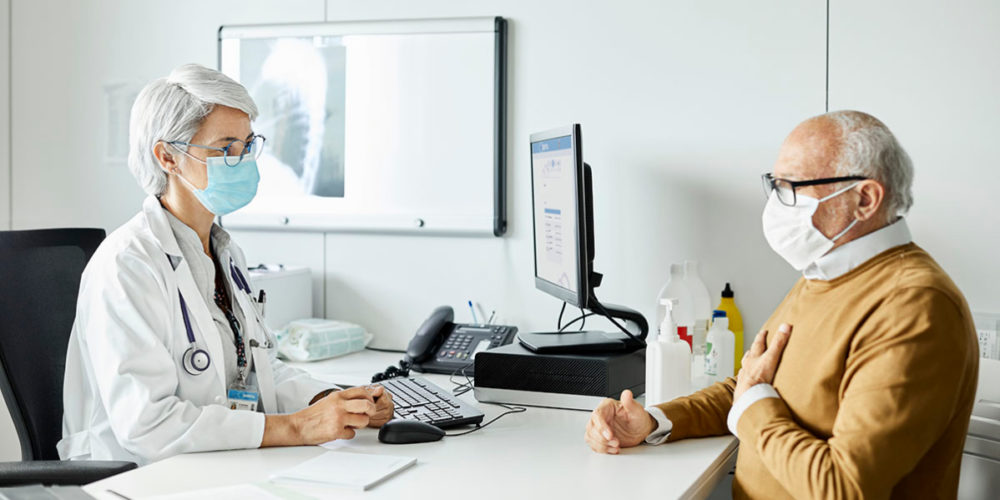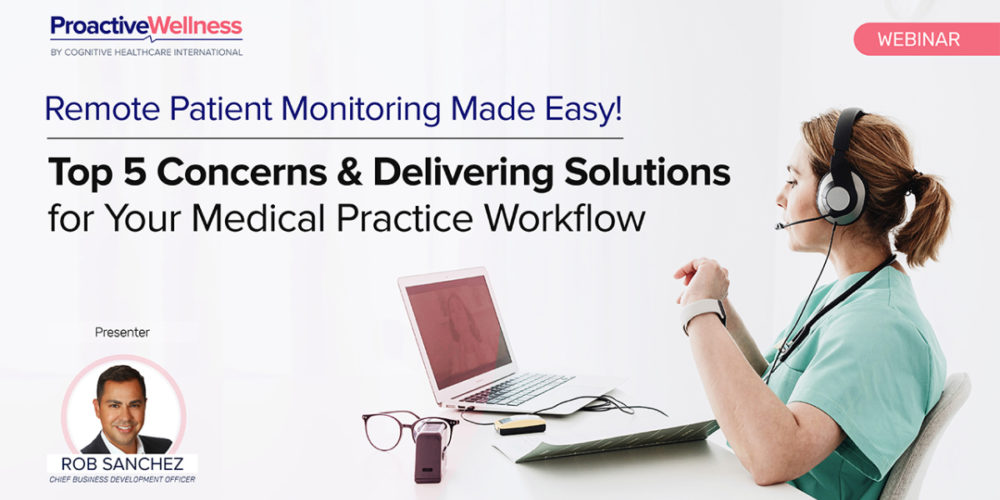Remote Patient Monitoring (RPM) has been gaining popularity in recent years, especially after the COVID-19 pandemic. RPM refers to the use of technology to monitor patients’ health outside of traditional healthcare settings, such as hospitals and clinics. The US has been at the forefront of RPM adoption, and this trend is expected to continue. Here are some remote patient monitoring trends to watch out for.
Trend 1: Expansion of RPM use in Chronic Disease Management
One of the main benefits of RPM is its ability to manage chronic diseases, such as diabetes, heart disease, and hypertension. RPM devices allow patients to monitor their health status from home, and healthcare providers can monitor their patients’ health remotely. As the US population continues to age, the demand for chronic disease management is expected to increase. Therefore, RPM use is expected to expand in this area.
For example, a study conducted by the University of California San Francisco found that RPM helped patients with chronic obstructive pulmonary disease (COPD) manage their symptoms better. The study found that patients who used RPM had fewer hospitalizations and emergency department visits than those who did not use RPM (Patient expectations and experiences of remote monitoring for chronic diseases: Systematic review and thematic synthesis of qualitative studies – PubMed (nih.gov)
Another example is a study conducted by the University Of Pittsburgh Medical Center which found that RPM helped patients with congestive heart failure (CHF) manage their symptoms better. The study found that patients who used RPM had fewer hospitalizations and emergency department visits than those who did not use RPM. (Remote Monitoring Systems for Patients With Chronic Diseases in Primary Health Care: Systematic Review – PMC (nih.gov)
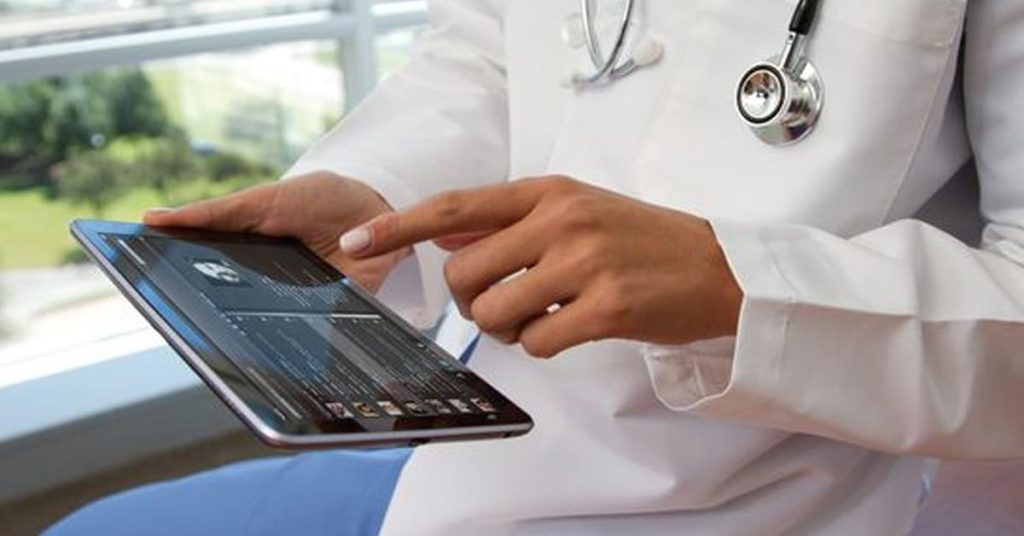
Trend 2: Integration of RPM with Artificial Intelligence (AI)
Artificial Intelligence (AI) has the potential to revolutionize healthcare. AI can analyze vast amounts of patient data to identify patterns and predict outcomes. RPM devices generate a significant amount of patient data, which can be analyzed by AI algorithms to provide insights into patient health. The integration of RPM with AI is expected to improve patient outcomes, reduce healthcare costs, and enhance the overall patient experience. The adoption of artificial intelligence (AI) in healthcare is growing rapidly and has transformed healthcare monitoring applications because of its ability to detect early deterioration in patients’ health, personalize individual patient health parameter monitoring using federated learning, and learn human behavior patterns using techniques such as reinforcement learning.
For example, telehealth and remote patient monitoring have expanded the reach of traditional clinical practice by removing geographical barriers as well as clinical limitations. In the clinical setting, this could allow real-time monitoring and preemptive doctor/patient interactions to prevent adverse incidents. At the very least, these developments offer the chance for richer and better-informed clinical decisions to be made based on longitudinal metrics. (Remote patient monitoring using artificial intelligence – ScienceDirect)
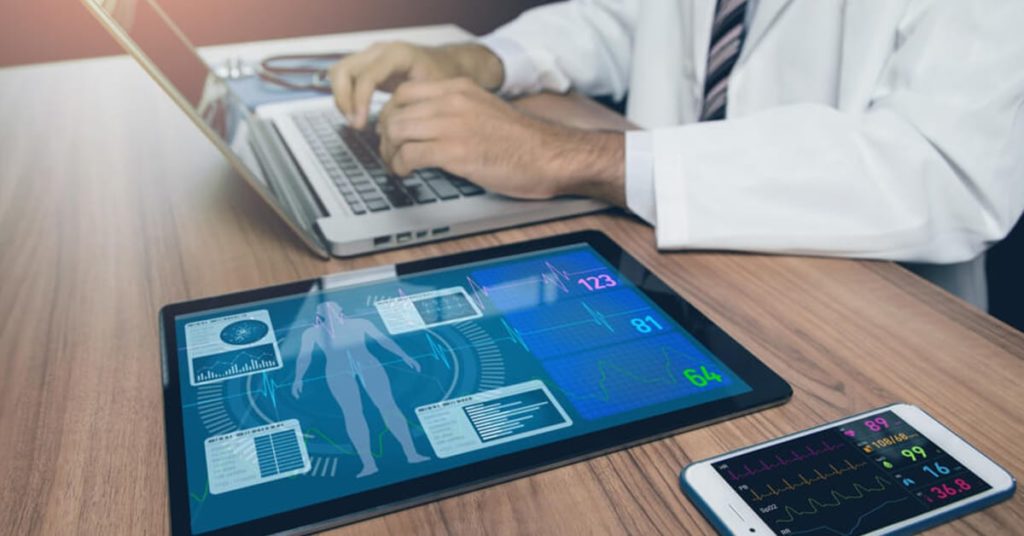
Trend 3: Adoption of RPM by employers and health plans
Employers and health plans are increasingly adopting RPM programs to promote employee health and wellness. RPM devices, such as wearables and smartwatches, can help employees track their fitness and overall health. These programs can also help employers reduce healthcare costs by identifying health risks early and promoting preventive care. According to a survey by the American Medical Association, 20 percent of physicians said they used RPM in 2020, which is double the number from 2018. Of the physicians using RPM, one-third were specialists, led by cardiologists (63.3 percent) and endocrinologists and diabetes care physicians (41.6 percent) (RPM 101: What Is Remote Patient Monitoring, Its Benefits, and Uses? (mhealthintelligence.com))
Trend 4: Expansion of telehealth services
Telehealth services, such as virtual consultations and remote monitoring, have become increasingly popular during the COVID-19 pandemic. Telehealth can provide access to healthcare services to patients who live in rural areas or who have mobility issues. Early in the COVID-19 pandemic, telehealth usage surged as consumers and providers sought ways to safely access and deliver healthcare. In April 2020, overall telehealth utilization for office visits and outpatient care was 78 times higher than in February 2020. (Telehealth: A post-COVID-19 reality? | McKinsey). RPM is an essential component of telehealth, and its adoption is expected to continue to increase
Conclusion:
Remote Patient Monitoring is the future of healthcare in the US. As the demand for healthcare services continues to increase, RPM is expected to expand its use in chronic disease management, integrate with AI, be adopted by employers and health plans, and be a critical component of telehealth services. As technology continues to evolve, the possibilities for RPM are endless.

